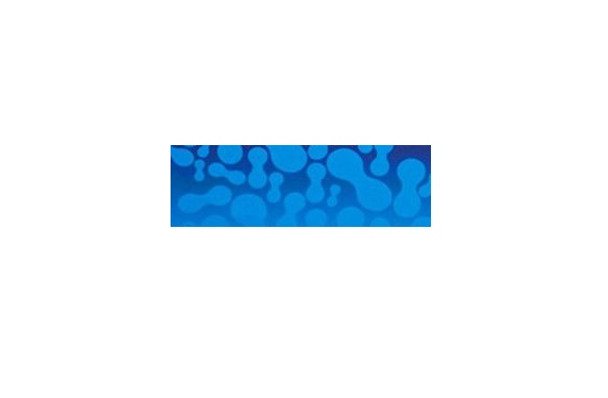Description
Recombinant Human USH1C/Harmonin Protein (His Tag) | PKSH031508 | Gentaur US, UK & Europe Disrtribition
Synonyms: AIE-75;DFNB18;DFNB18A;NY-CO-37;NY-CO-38;PDZ-45;PDZ-73;PDZ-73/NY-CO-38;PDZ73;PDZD7C;ush1cpst
Active Protein: N/A
Activity: A DNA sequence encoding the native human USH1C (Q9Y6N9-1) (Met 1-Phe 552) was expressed, with a polyhistide tag at the N-terminus.
Protein Construction: A DNA sequence encoding the native human USH1C (Q9Y6N9-1) (Met 1-Phe 552) was expressed, with a polyhistide tag at the N-terminus.
Fusion Tag: N-His
Species: Human
Expressed Host: E.coli
Shipping: This product is provided as lyophilized powder which is shipped with ice packs.
Purity: > 92 % as determined by reducing SDS-PAGE.
Endotoxin: Please contact us for more information.
Stability and Storage: Generally, lyophilized proteins are stable for up to 12 months when stored at -20 to -80℃. Reconstituted protein solution can be stored at 4-8℃ for 2-7 days. Aliquots of reconstituted samples are stable at < -20℃ for 3 months.
Molecular Mass: 63.7 kDa
Formulation: Lyophilized from sterile 50mM Tris, 20% glycerol, pH 7.7
Reconstitution: Please refer to the printed manual for detailed information.
Background: Harmonin, also known as Antigen NY-CO-38 / NY-CO-37, Autoimmune enteropathy-related antigen AIE-75, Protein PDZ-73, Renal carcinoma antigen NY-REN-3, Usher syndrome type-1C protein and USH1C, is a protein which is expressed in small intestine, colon, kidney, eye and weakly in pancreas. USH1C is expressed also in vestibule of the inner ear. USH1C contains 3 PDZ (DHR) domains. USH1C may be involved in protein-protein interaction. Defects in USH1C are the cause of Usher syndrome type 1C (USH1C), also known as Usher syndrome type I Acadian variety. USH is a genetically heterogeneous condition characterized by the association of retinitis pigmentosa and sensorineural deafness. Age at onset and differences in auditory and vestibular function distinguish Usher syndrome type 1 (USH1), Usher syndrome type 2 (USH2) and Usher syndrome type 3 (USH3). Defects in USH1C are also the cause of deafness autosomal recessive type 18 (DFNB18) which is a form of sensorineural hearing loss. Sensorineural deafness results from damage to the neural receptors of the inner ear, the nerve pathways to the brain, or the area of the brain that receives sound information.
Research Area: N/A






